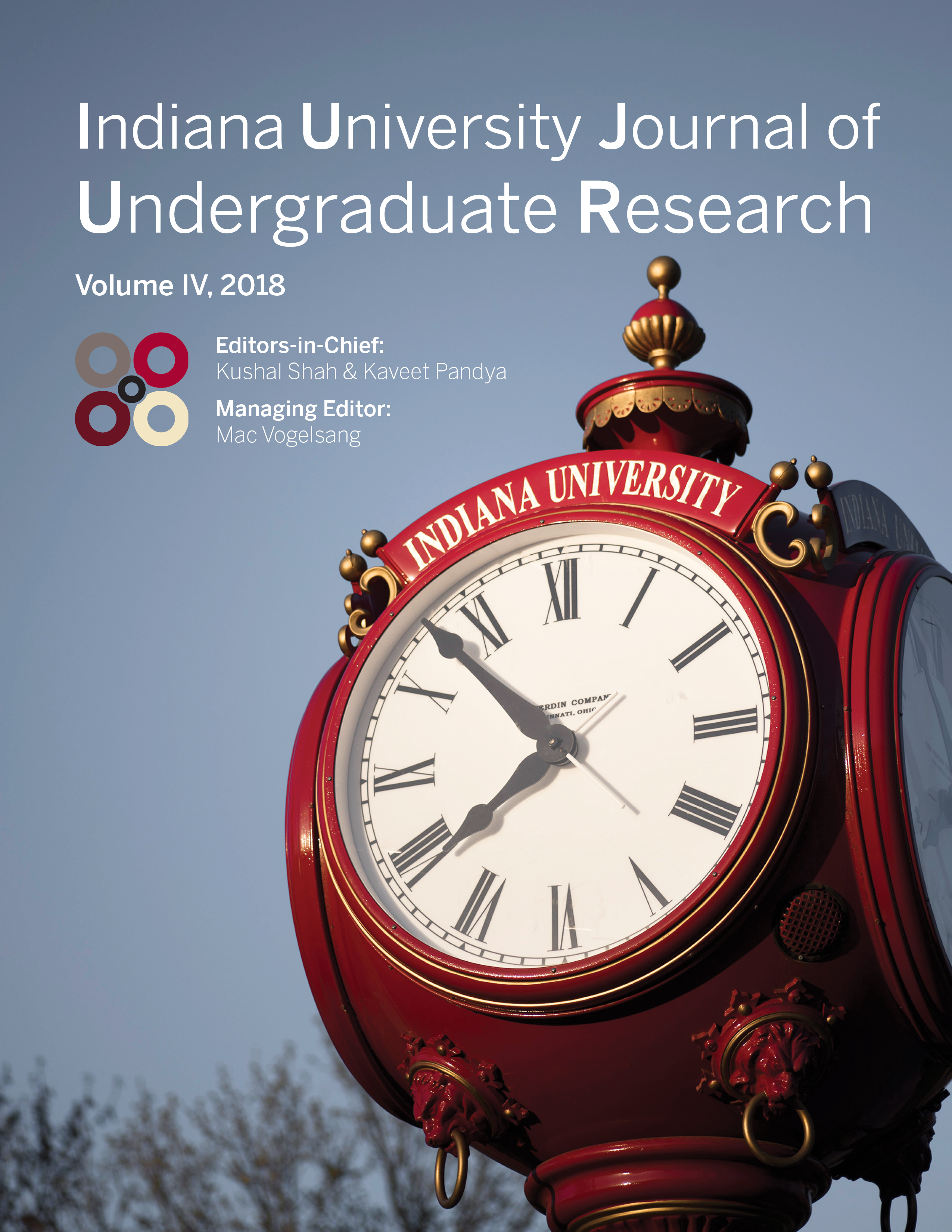Generation of Time-Independent and Time-Dependent Harmonic Oscillator-Like Potentials Using Supersymmetric Quantum Mechanics
Main Article Content
Abstract
The harmonic oscillator is a quantum mechanical system that represents one of the most basic potentials. In order to understand the behavior of a particle within this system, the time-independent Schrödinger equation was solved; in other words, its eigenfunctions and eigenvalues were found. The first goal of this study was to construct a family of single parameter potentials and corresponding eigenfunctions with a spectrum similar to that of the harmonic oscillator. This task was achieved by means of supersymmetric quantum mechanics, which utilizes an intertwining operator that relates a known Hamiltonian with another whose potential is to be built. Secondly, a generalization of the technique was used to work with the time-dependent Schrödinger equation to construct new potentials and corresponding solutions.
Downloads
Article Details
Authors who publish with this journal agree to the following terms:
- Ownership of the copyright shall remain with the Author, subject to IUJUR’s use and the rights granted by the Creative Commons license assigned by the Author. A Creative Commons Attribution-NonCommercial 4.0 International (CC BY-NC 4.0) license will be applied to the published work unless otherwise indicated in the Student Author Contract. The CC BY-NC 4.0 license (https://creativecommons.org/licenses/by-nc/4.0/) lets others remix, tweak, and build upon the published Work non-commercially, and although the new works must also acknowledge the original IUJUR publication and be noncommercial, they don’t have to license their derivative works on the same terms.Authors are able to enter into separate, additional contractual arrangements for the non-exclusive distribution of the journal's published version of the work (e.g., post it to an institutional repository or publish it in a book), with an acknowledgement of its initial publication in this journal.
- Authors are permitted and encouraged to post their work online (e.g., in institutional repositories or on their website) prior to and during the submission process, as it can lead to productive exchanges, as well as earlier and greater citation of published work (See The Effect of Open Access).
References
Abramowitz, M., & Stegun, I. E. (1964). Handbook of Mathematical Functions. Washington, D.C.: United States Department of Commerce, National Institute of Standards and Technology.
Bagrov, V. G., Samsonov, B. F., & Shekoyan, L. A. (1995). Darboux transformation for the nonsteady Schrödinger equation. Russian Physics Journal 38 (7), 706712.
Bermudez, D., Fernandez, C. D. J., & Fernandez-Garcia, N. (2012). Wronskian differential formula for confluent supersymmetric quantum mechanics. Physics Letters A 376(5), 692696.
Cooper, F., Khare, A., & Sukhatme, U. (1995). Supersymmetry and quantum mechanics. Physics Reports 251 (5), 267–385.
Contreras-Astorga, A., & Schulze-Halberg, A. (2015). On integraland differential representations of Jordan chains and the confluent supersymmetry algorithm. Journal of Physics A: Mathematical and Theoretical 48 (31).
Contreras-Astorga, A. (2017). A Time-Dependent Anharmonic Oscillator. Journal of Physics: Conference Series 839, 012–019.
Fernandez, C. J. D., & Fernandez-Garcia, N. (2004). Higher Order Supersymmetric Quantum Mechanics. AIP Conference Proceedings 744 (1), 236.
Flugge, S. (1971). Practical Quantum Mechanics I. New York: Springer-Verlag.
Mielnik, B. (1984). Factorization method and new potentials with the oscillator spectrum. Journal of Mathematical Physics 25, 3387.
Mielnik, B., Nieto, L. M., & Rosas-Ortiz, O. (2000). The finite difference algorithm for higher order supersymmetry. Physics Letters A 269 (2–3), 7078.
Robinett, R. W., & Bassett, L.C. (2004). Analytical Results for Gaussian Wave Packets in Four Model Systems: I. Visualization of the Kinetic Energy. Foundations of Physics Letters 17 (7), 607–625.
Zelaya, K., & Rosas-Ortiz, O. (2017). Exactly Solvable Time-Dependent Oscillator-Like Potentials Generated by Darboux Transformations. Journal of Physics: Conference Series 839, 012–018

